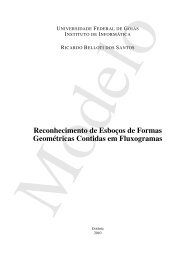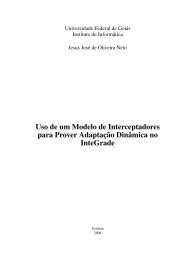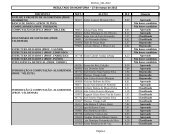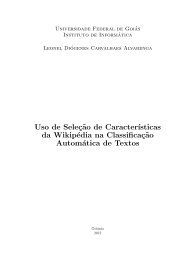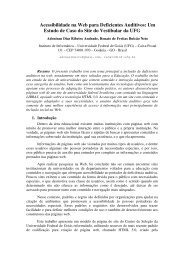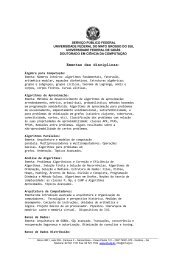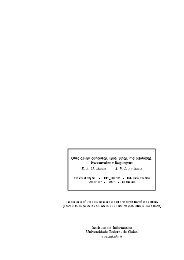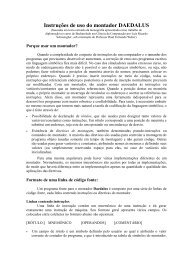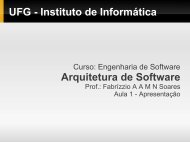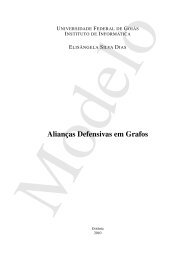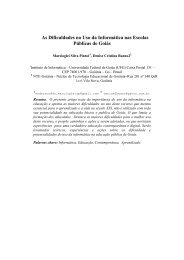Evolutionary Computation : A Unified Approach
Evolutionary Computation : A Unified Approach
Evolutionary Computation : A Unified Approach
Create successful ePaper yourself
Turn your PDF publications into a flip-book with our unique Google optimized e-Paper software.
58 CHAPTER 4. A UNIFIED VIEW OF SIMPLE EAS<br />
lation in less than 20 generations. The reason is straightforward: with a finite population,<br />
any stochastic selection method is likely to result in a loss of diversity simply because of<br />
sampling error. This is a well-understood phenomenon in biology and results in populations<br />
exhibiting “genetic drift”. In our example, having disabled reproductive variation, this effect<br />
is magnified and its compounding effects result in a loss of all but one genotype in less<br />
than 20 generations.<br />
There are two other commonly used selection techniques, tournament selection and<br />
fitness-proportional selection, that can be characterized in a similar manner. Tournament<br />
selection involves randomly selecting k individuals using a uniform probability distribution,<br />
and then selecting the best (or worst) individual from the k competitors as the winner (or<br />
loser). If n individuals need to be selected, n such tournaments are performed (with replacement)<br />
on the selection pool. The effect is to implicitly impose a probability distribution on<br />
the selection pool without explicit calculation and assignment of probabilities. In the case<br />
of binary tournaments (k = 2), the implicit distribution can be shown to be equivalent (in<br />
expectation) to linear ranking, and produces curves identical to the linear ranking curve in<br />
figure 4.6. If we increase the tournament size to k = 3, the implicit probability distribution<br />
changes from linear ranking to quadratic ranking with more probability mass shifted toward<br />
the best. With each increase in the tournament size k, selection becomes more elitist.<br />
More difficult to characterize is fitness-proportional selection, in which each individual<br />
in the selection pool is assigned the probability f i /f sum ,wheref i is the fitness of individual<br />
i, andf sum is the total fitness of all the individuals in the current selection pool. The result<br />
is a dynamically changing probability distribution that can be quite elitist in the early<br />
generations when there is a wide range of fitness values, and typically evolves to a nearly<br />
flat uniform distribution in the later stages, as the population becomes more homogeneous<br />
and the range of fitness values is quite narrow.<br />
As we will see in chapter 6, it can be shown formally that the various selection schemes<br />
can be ranked according to selection pressure strength. Of the ones we have discussed so<br />
far, the ranking from weakest to strongest is:<br />
• uniform<br />
• fitness-proportional<br />
• linear ranking and binary tournament<br />
• nonlinear ranking and tournaments with k>2<br />
• truncation<br />
4.3.1 Choosing Selection Mechanisms<br />
How do we use this knowledge about selection mechanisms when designing an EA There<br />
are two places in simple EAs where selection occurs: when choosing parents to produce<br />
offspring, and when choosing which individuals will survive. The cumulative effect is to<br />
control the focus of search in future generations. If the combined selection pressure is too<br />
strong, an EA is likely to converge too quickly to a suboptimal region of the space. As we<br />
saw in the previous section, even an EA with uniform parent selection and linear ranking



